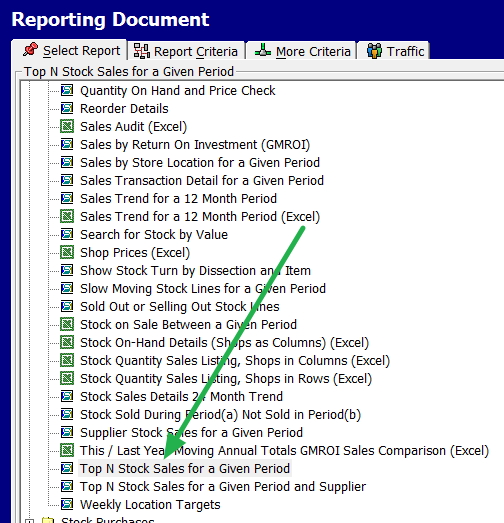Sustainable Products: A Growing Trend

Since the last federal election, it should be clear that Australia has significant concerns over climate change and other environmental issues.
Today many consumers are seeking out sustainable products; click here.
The key finding for retailers here
>Approximately 50% of Australians actively seek out eco-friendly products.
>The reasons for this include concern about climate change (73%), wanting to feel good about personal choices (57%) and setting an excellent example for others (48%).
Today major retailers often provide a range of options for their product lines. Typically this includes an expensive, eco-friendly, and cheaper alternative. The eco-friendly product line has the benefit of appealing to customers who want sustainability and are willing to pay a premium for environmentally friendly products.
Factors to Consider When Deciding Whether to Sell Eco-Friendly Products as a Small Retailer
Small retailers should consider the following factors when deciding whether to sell eco-friendly products:
Cost
Eco-friendly products overall are more expensive to source and stock than traditional products.
Market Demand
It's vital to assess your clients' demand for eco-friendly products and their willingness to pay for them.
Supplier Reliability
Small retailers should research and vet eco-friendly product suppliers to ensure quality products' reliable and consistent delivery. Generally, there is little use attaching yourself to products you can only get sometimes.
Competition
Small retailers should consider the level of competition in their area for eco-friendly products and assess the potential for market saturation.
Profitability
Eco-friendly products tend to have higher profit margins for retailers.
Tips for Retailers to Sell More Eco-Friendly Products
To increase sales of eco-friendly products, retailers should:
Partner with Eco-Friendly Brands: Partnering with eco-friendly brands can expand a retailer's selection of sustainable products and attract customers who are loyal to those brands.
See if you can get literature from them. Customers of these products like to read.
Educate Staff: Educating staff about eco-friendly products is vital to provide knowledgeable customer service and promoting the benefits of eco-friendly products. In practice, you will find that your team will do this themselves.
Monitor that your product is effective by looking at the numbers!
Put them in a category. Once you have some history, say a month, look for these items through your cash register reports.

Select Top N Stock sales for the month and select by this category
You will get a listing to review with sales information.
Now check stock
Go through these stock items on the list.
> Verify whether they are in a good position.
> Go through the list to ensure enough inventory (SOH). This is a bad situation if you need more stock. You may need to get more supply as soon as possible if you need more stock to meet your requirements.
Examine these stock items in the shop now
> Are they displayed appropriately?
> Consider whether they should be in two or more locations. In a supermarket, good sellers are often placed in a good seller position on the corners as well as where they are stocked normally. This means the customer has two opportunities to buy this product.
> Hopefully, they will be a bit higher than waist level, as this is where most people look, so be visible to your customers. Remember that women are slightly shorter than men, and women are the big buys for these products..
Conclusion:
Retailers selling eco-friendly products can increase profits by meeting the growing demand for sustainable products while enjoying higher profit margins. Small retailers should consider cost, market demand, supplier reliability, and competition when deciding whether to sell eco-friendly products. By partnering with eco-friendly brands and educating staff


